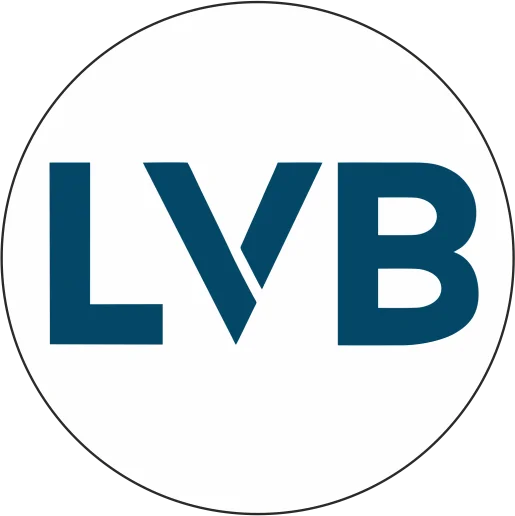The Power Of Networking And Collaboration For Business Success
In today’s fast-paced business world, success rarely happens in isolation. The power of networking and collaboration has become a cornerstone for businesses looking to grow, innovate, and achieve long-term goals. Here’s why they matter and how you can harness their potential.
1. Building Meaningful Connections
Networking is about creating genuine relationships with like-minded individuals and organizations. These connections can open doors to new opportunities, provide valuable insights, and even lead to mentorship or partnerships.
2. Accessing Resources and Expertise
Collaboration allows businesses to pool resources, skills, and expertise. Whether it's partnering with another company to co-develop a product or seeking advice from a consultant, collaboration can enhance your capabilities without overextending your resources.
3. Driving Innovation
When diverse minds come together, the exchange of ideas can spark innovation. Collaborating with others who bring fresh perspectives can help solve complex problems and generate creative solutions.
4. Enhancing Credibility and Influence
Networking with industry leaders or collaborating with reputable businesses can boost your credibility. Being associated with well-known entities can make your business more trustworthy in the eyes of customers and stakeholders.
5. Growing Your Business Faster
Partnerships and a strong network can accelerate growth by connecting you to new markets, clients, and funding opportunities. Many businesses thrive by leveraging their networks to identify and capitalize on growth potential.
How to Get Started
- Be Authentic: Approach networking with the intent to build genuine relationships, not just to gain something.
- Leverage Technology: Use platforms like LinkedIn, Meetup, or industry-specific apps to connect with professionals.
- Collaborate Strategically: Identify areas where your business lacks expertise and seek out partners who complement your strengths.
- Follow Up: Networking is only valuable if you maintain relationships. Regularly check in and nurture your connections.
Conclusion
Networking and collaboration are essential tools for businesses aiming to thrive in today’s interconnected world. By fostering relationships, embracing partnerships, and sharing knowledge, you can unlock new opportunities and create a pathway to lasting success.




 LVB - India
LVB - India




